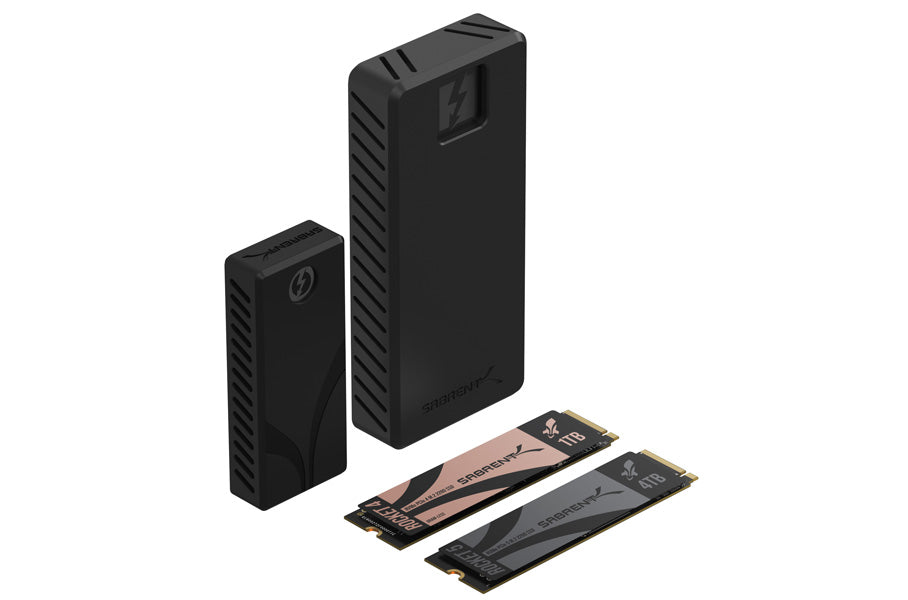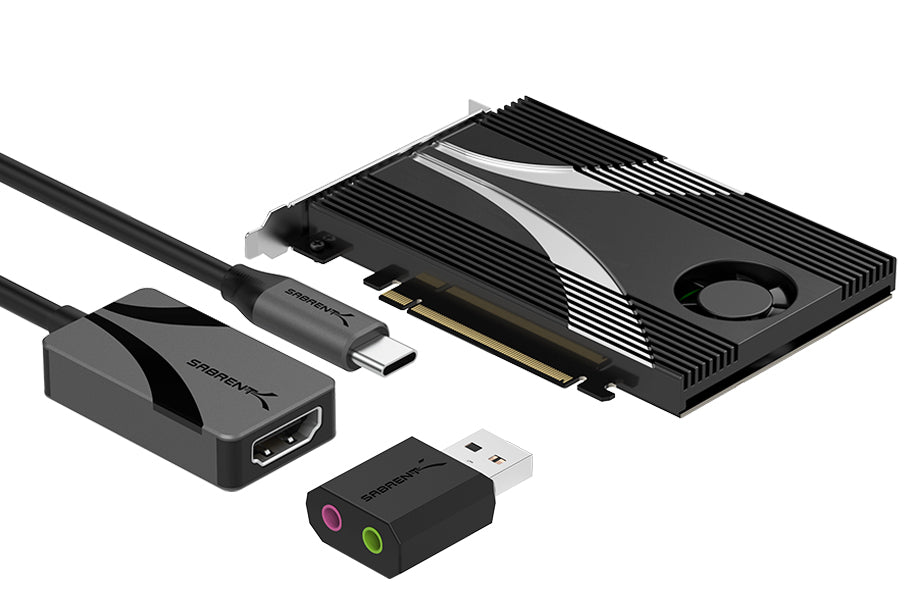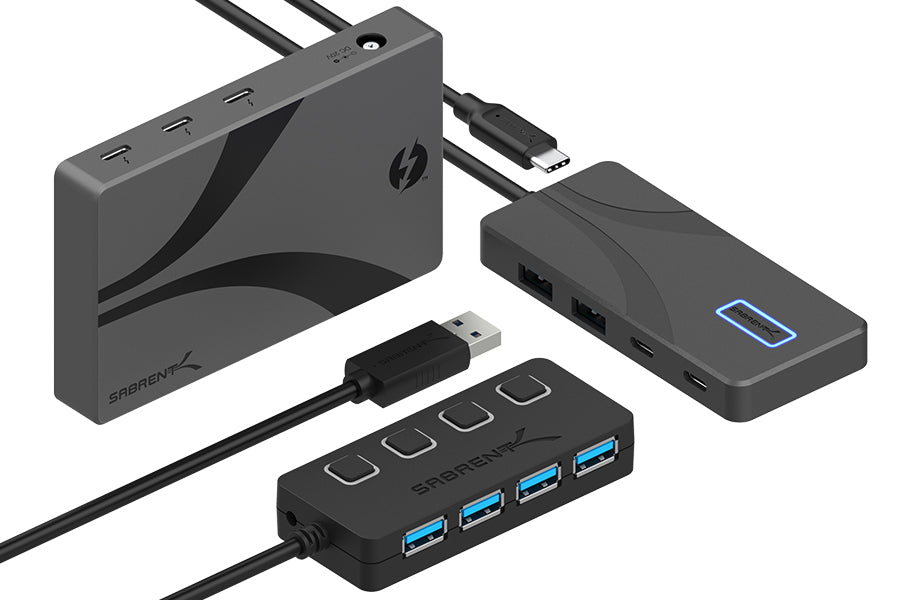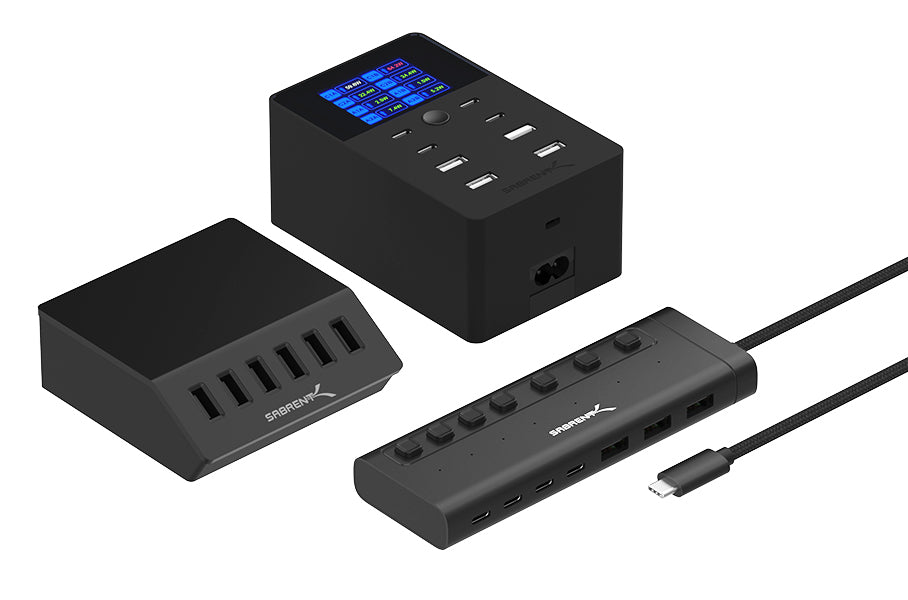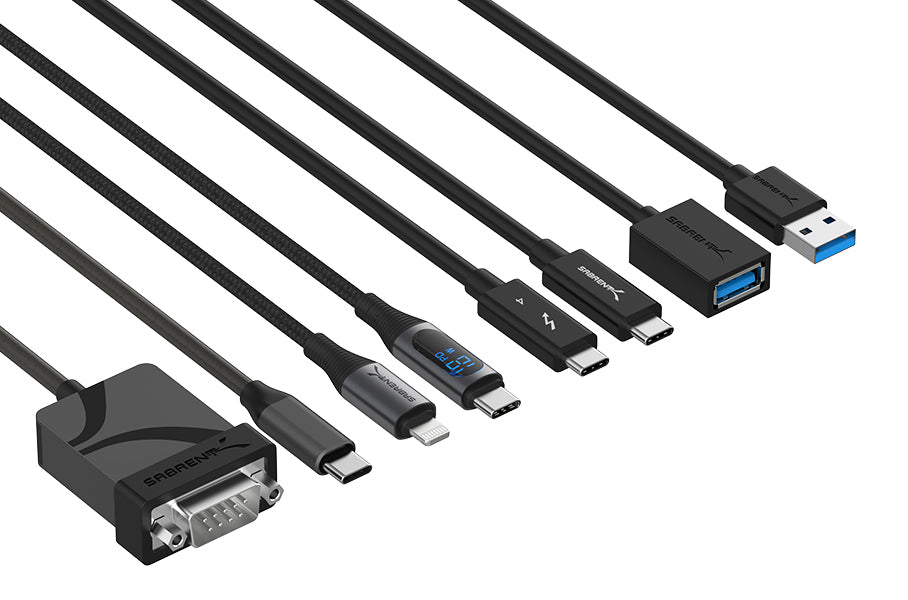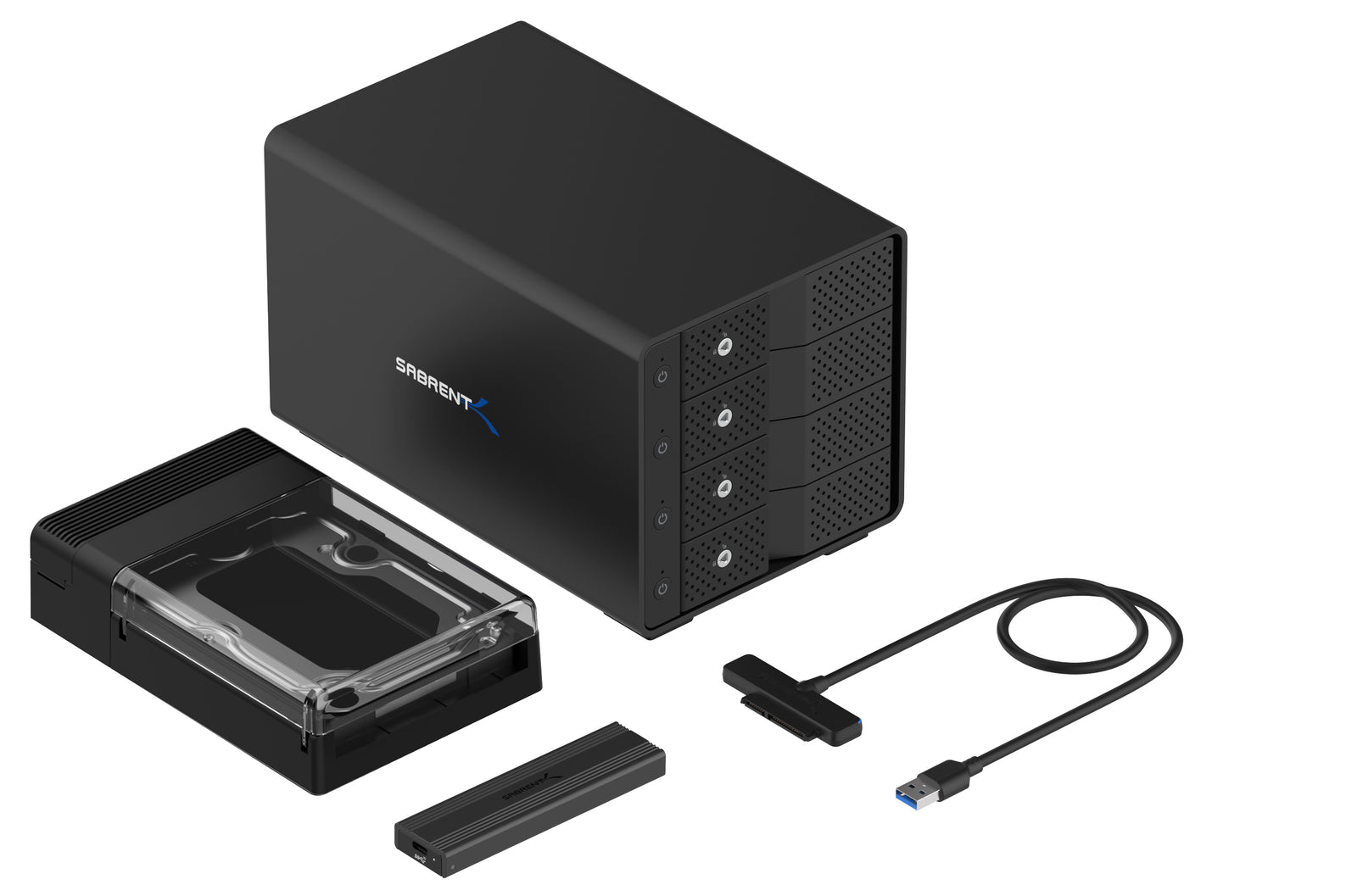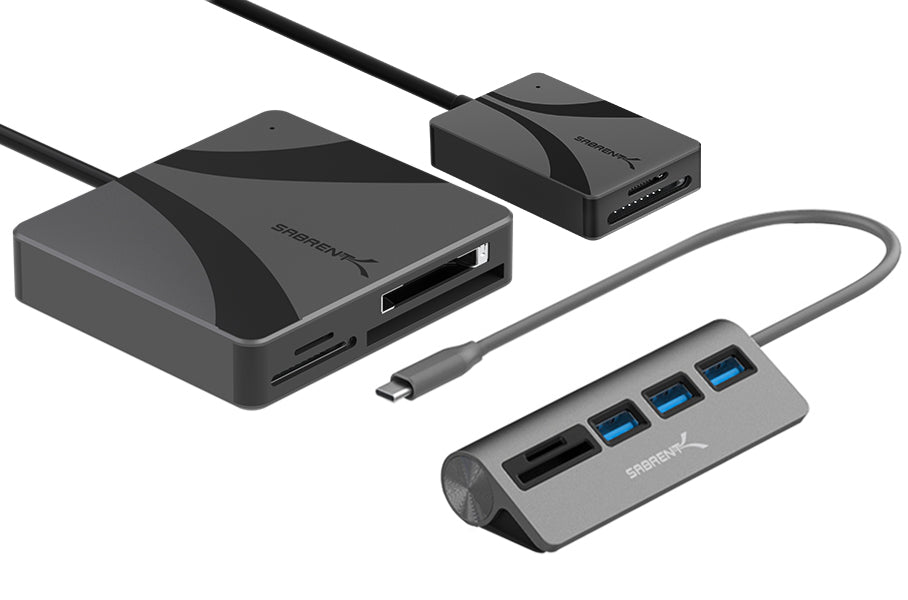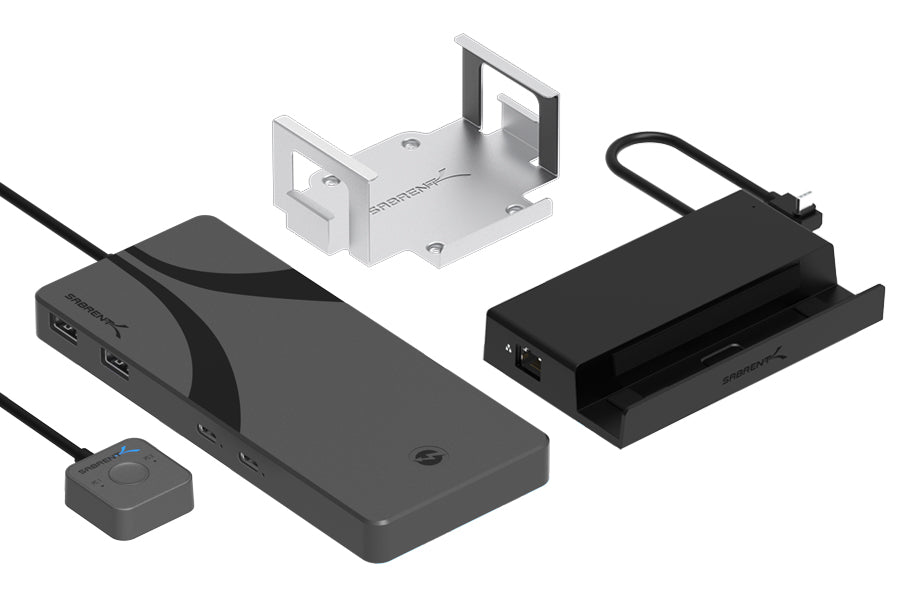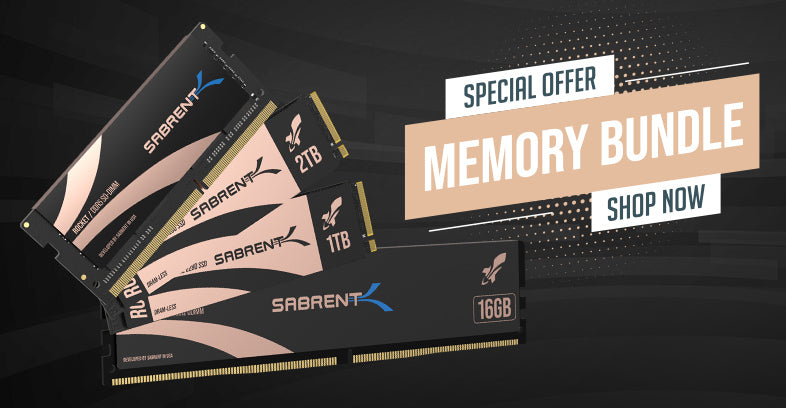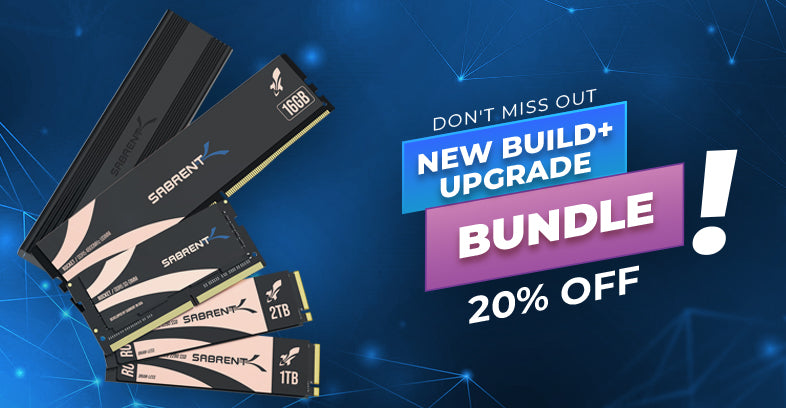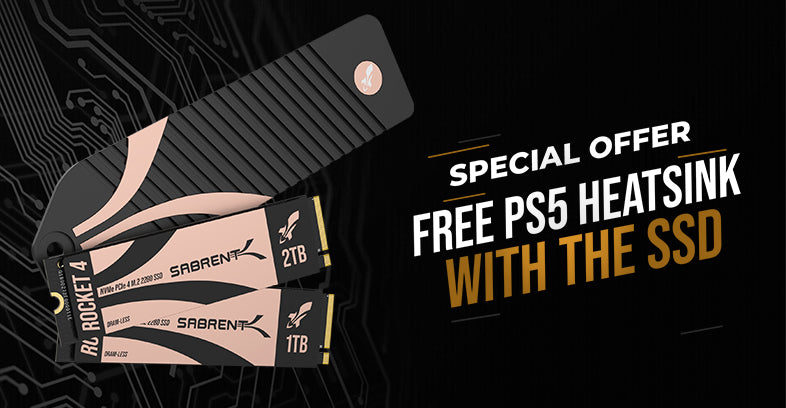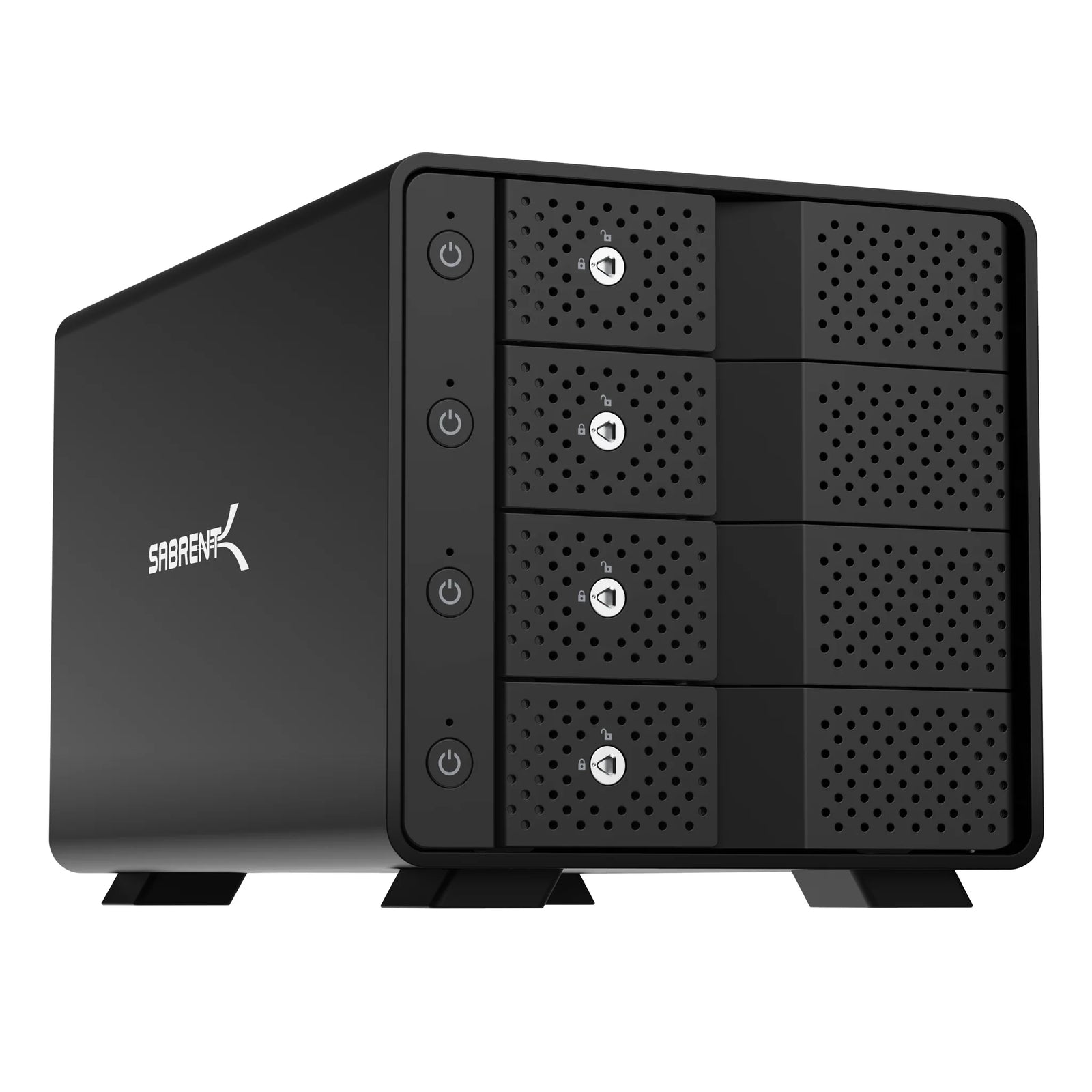Although the SSD industry is well into the 3D NAND age now, 2D or planar NAND dominated the market for a long time. 2D NAND had some serious limitations as the process size began to shrink down to, and below, 15nm. For example, the cell area was becoming too small to hold enough charge for a high number of voltage states as you find with TLC (3-bit) or QLC (4-bit). This limited density, but 2D NAND also had limitations that required a large number of dies that made higher-capacity M.2 drives quite difficult to manage.

2D versus 3D NAND
While 3D NAND is more complex and has its own problems, the effective cell area is far larger and it’s possible to fit in plenty of bits. QLC is on the rise with PLC (5-bit) on the horizon. 3D NAND is also scalable because you can keep adding more layers, although this requires techniques like string-stacking to remain practical. Since cells are arranged in a 3D configuration there are more potential sources for interference; however, the larger effective process size along with various developed techniques keep this from being a major issue.
While NAND flash has some inherent properties - the idea is to maintain a charge which corresponds to bit values, designed as non-volatile memory - there are actually multiple architectures used to achieve the same goals. For example, Intel has relied on floating gates for their QLC which can improve endurance in the right conditions. Most manufacturers use various types of charge trap flash, although there are differences between gate-first BiCS and gate-last like with Micron’s newer TLC. There are even models for split-gate flash in the future with either FG or CTF. However, most everyone is moving towards putting peripheral circuitry under the array to improve efficiency and reduce surface area.

3D NAND with and without CuA
Our QLC drives currently use Intel’s 96-layer QLC with CUA, built on a floating gate design. Our TLC drives originally used TLC from Micron or Kioxia, FG or BiCS CTF, although our fastest drive - the Rocket 4 Plus - is changing to Micron’s new replacement-gate TLC. This offers the very highest performance while being efficient. Of course, we do push the limits with the 8TB variant which has Kioxia’s dense BiCS5 instead. Regardless, our desire is to always use the best all-around flash for the purpose: we balance cost, capacity, performance, endurance, efficiency, and more, depending on the drive.
See our storage products here.

